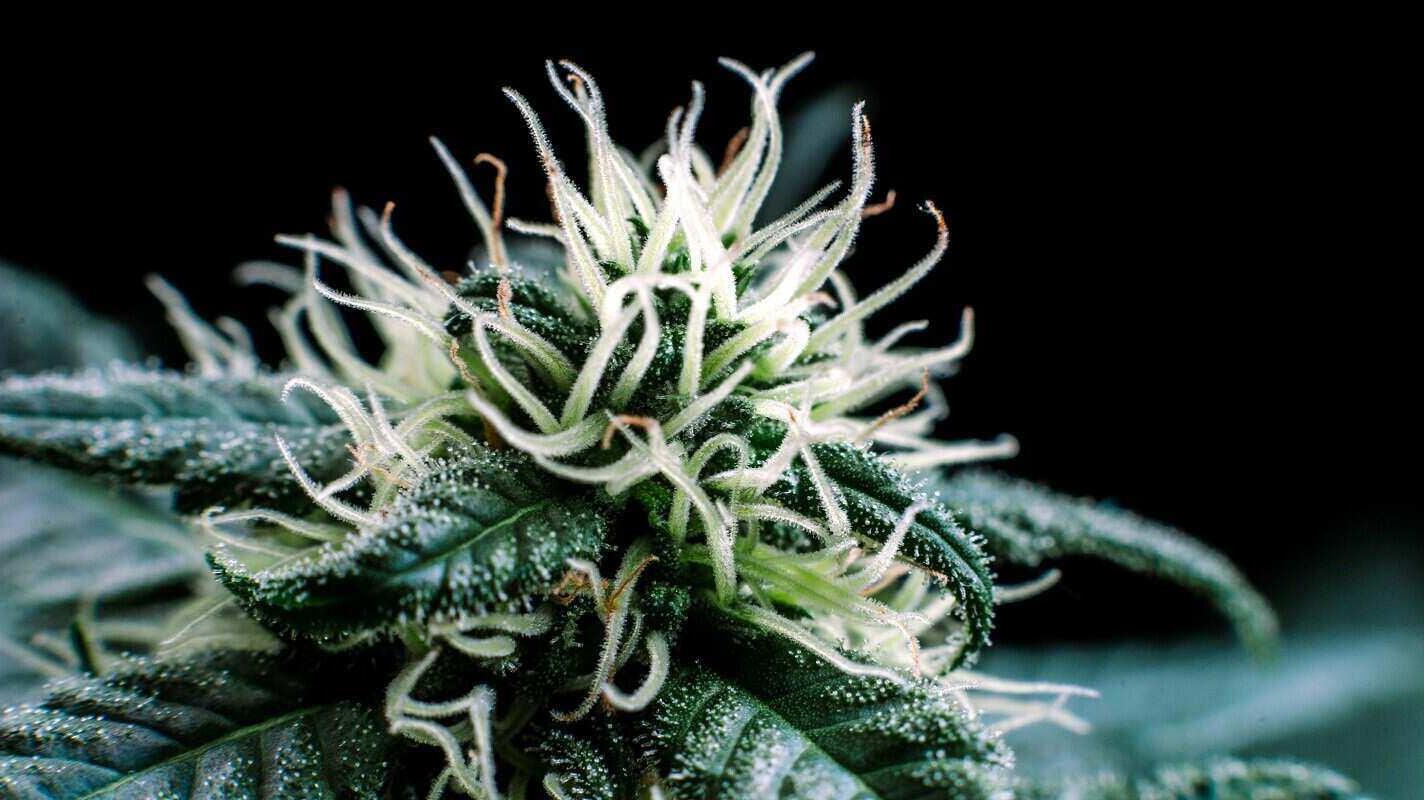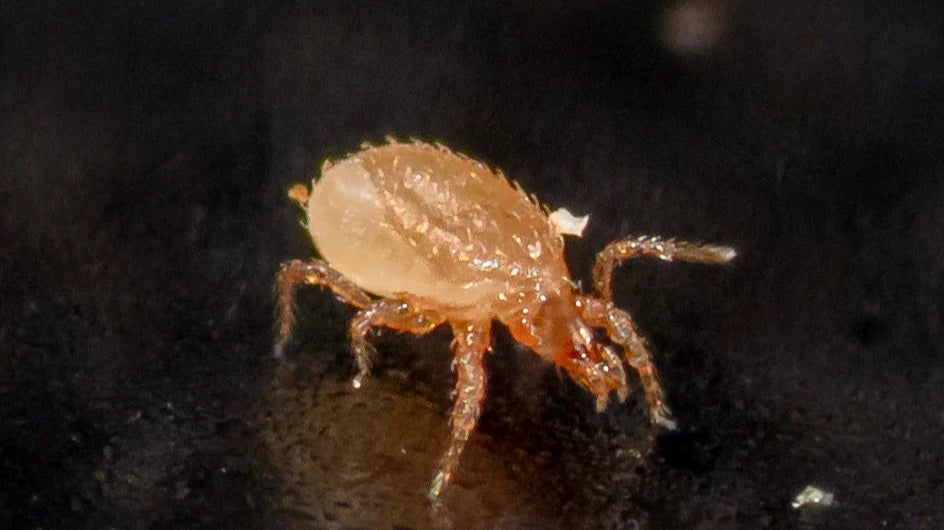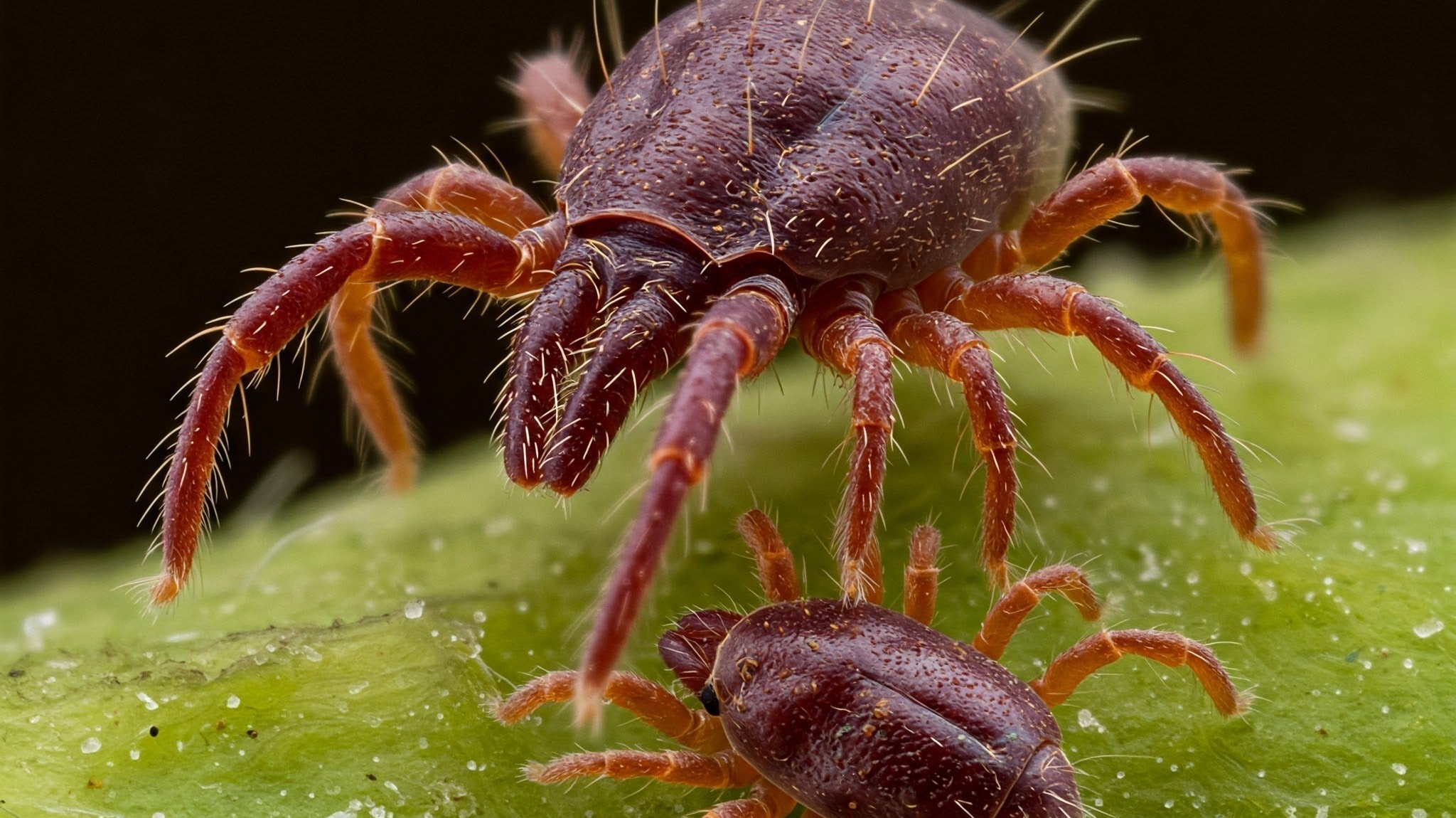Orius insidiosus
Thrips Have Met Their Match
Orius insidiosus – Minute Pirate Bug (Adults)
This isn’t some slow-moving mite hoping to find a snack. Orius insidiosus—better known as the Minute Pirate Bug—actively hunts. Adults and nymphs don’t just patrol—they pursue. They pierce thrips, aphids, spider mites, moth eggs, and more with surgical precision and vacuum up the contents like tiny six-legged syringes.
If you’ve used Swirskii or Cucumeris, you know they’re great—for thrips larvae. But Orius goes after the entire thrips lifecycle, including adults, which no mite can touch. It also thrives in warm climates, feeds on pollen, and keeps going even when pest pressure drops.
Why Choose Orius Over Mites Like Swirskii or Cucumeris?
| Comparison | Orius insidiosus | Amblyseius swirskii | Amblyseius cucumeris |
|---|---|---|---|
| Thrips Adults | ✅ Yes – aggressive predator | ❌ No | ❌ No |
| Thrips Larvae | ✅ Yes | ✅ Yes | ✅ Yes |
| Other Pests | Aphids, spider mites, moth eggs | Whitefly, broad mites, russet mites | Mainly thrips larvae |
| Feeding When Pest Pressure Is Low | ✅ Yes – pollen, mites, aphids | ✅ Yes – pollen | ❌ Limited |
| Speed of Action | Fast – adults start hunting immediately | Slower, requires population buildup | Slow, prevention only |
| Cannibalism Risk | Moderate – release evenly | None | None |
| Ideal Use Case | Active outbreaks & flowering crops | Warm setups with mixed pest issues | Thrips prevention under mild conditions |
What It Targets
-
Thrips – larvae and adults
-
Aphids
-
Moth eggs
-
Spider mites (minor control)
-
Other soft-bodied pests it can overpower
Why Bottles?
-
Instant impact. Adults begin hunting as soon as they’re released
-
Lifecycle coverage. Nymphs and adults both feed aggressively
-
Pollen-powered. Will stick around and reproduce if flowering plants are available
-
Versatile. Works across greenhouses, indoor setups, and field crops
How They Work
-
Adults feed immediately
-
Females lay ~45 eggs near pest clusters
-
Eggs hatch in 5–7 days
-
Nymphs feed for 2+ weeks
-
Adults continue for another 4 weeks, giving you 6–7 weeks of active pressure under ideal conditions
How Much to Use
-
Small-scale setups: 1 Orius per 10 sq. ft.
-
Larger areas: 2,000–4,000 Orius per acre, adjusted based on pest load
-
Repeat or supplement based on pest cycles and plant density
Best Conditions
-
Temperature: 68–90°F
-
Humidity: Moderate
-
Flowering crops: Greatly improves persistence and reproduction thanks to pollen
Pro Tips
-
Release early. Best used at the first sign of thrips before populations explode
-
Pair with mites. Use with Swirskii or Cucumeris for full lifecycle coverage
-
Avoid pesticide residue. Even "safe" sprays can wipe them out
-
Flowering plants = better results. Pollen feeds adults between pest meals
Shipping & Storage
-
Ships with Live Delivery Guarantee
-
Release immediately upon arrival for best results
-
If delayed, store at 45–55°F for up to 24 hours
Too Many Options?
We get it. Try our mite/insect matchmaking quiz and instantly get matched to the solutions you may need.
Mite Matters
Optimizing Pest Management in Cannabis Flowering Using Predatory Mites
How to Treat Snake Mites Naturally with Predatory Mites
The Beginner's Guide to Predatory Mites
Predatory mites are the unsung heroes of plant care, working behind the scenes to protect your plants from destructive pests. Unlike chemical treatments, they offer a natural, self-sustaining solution that requires minimal effort on your part. Whether you’re preventing an infestation or fighting off an active one, these microscopic allies get the job done efficiently and effectively.









